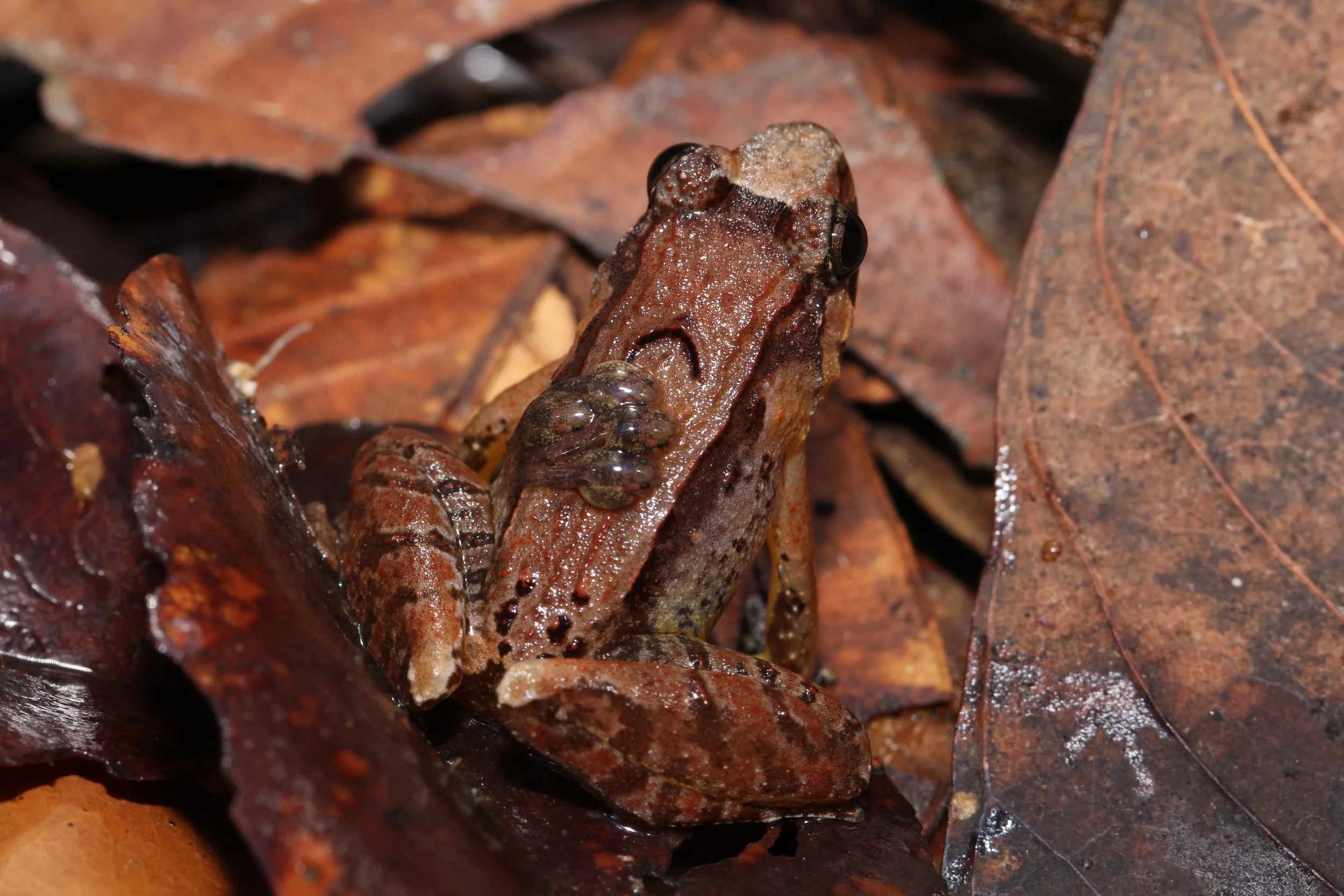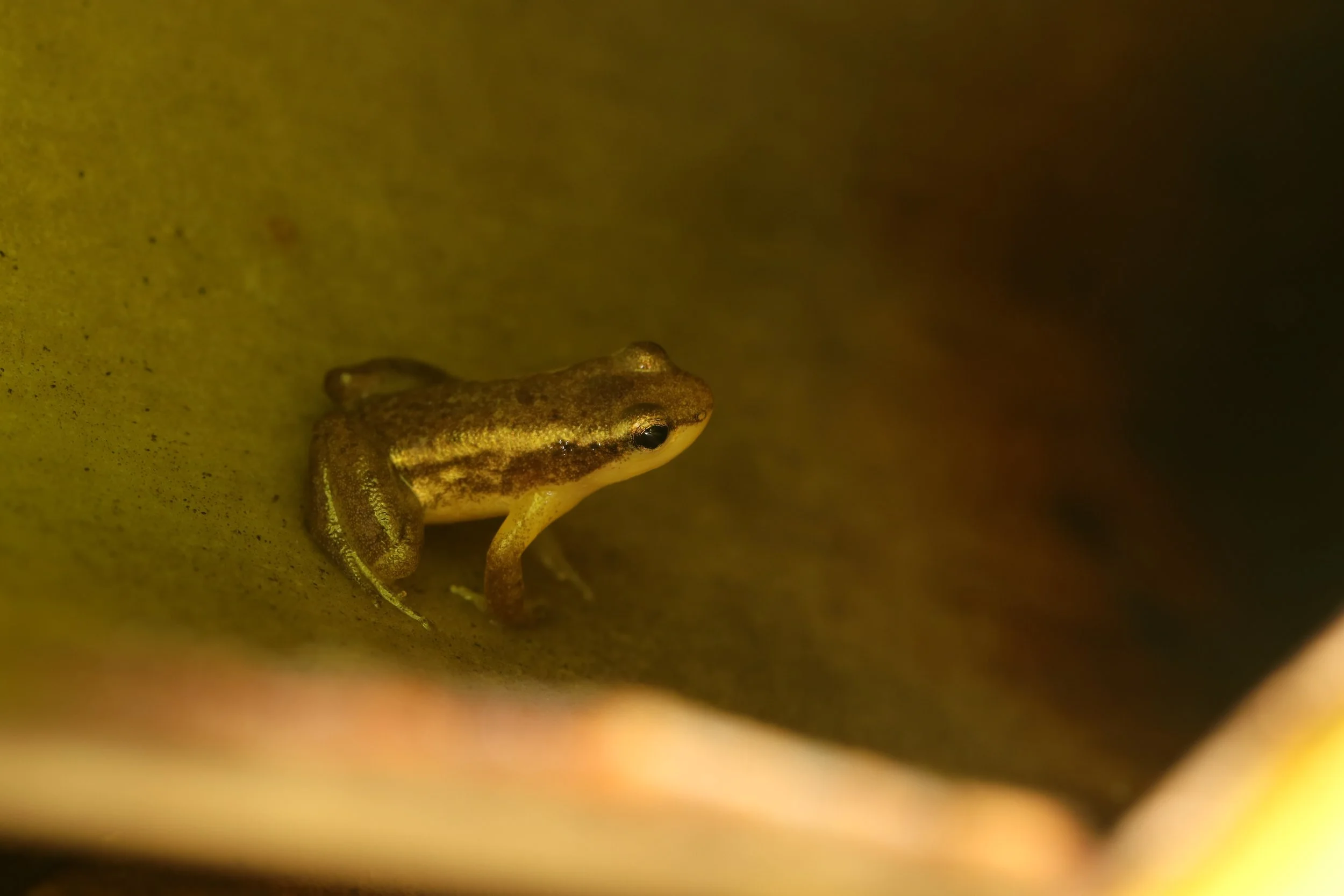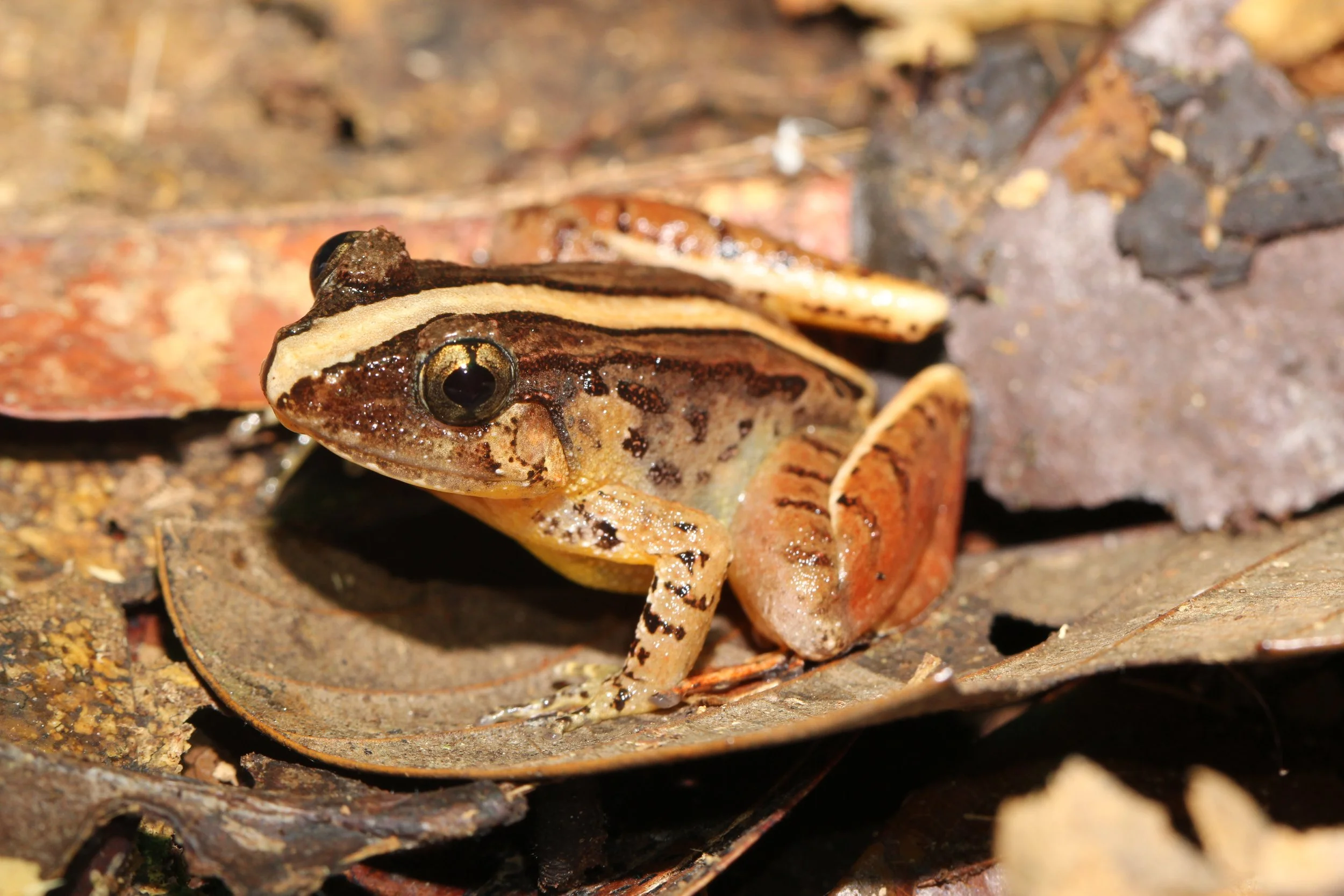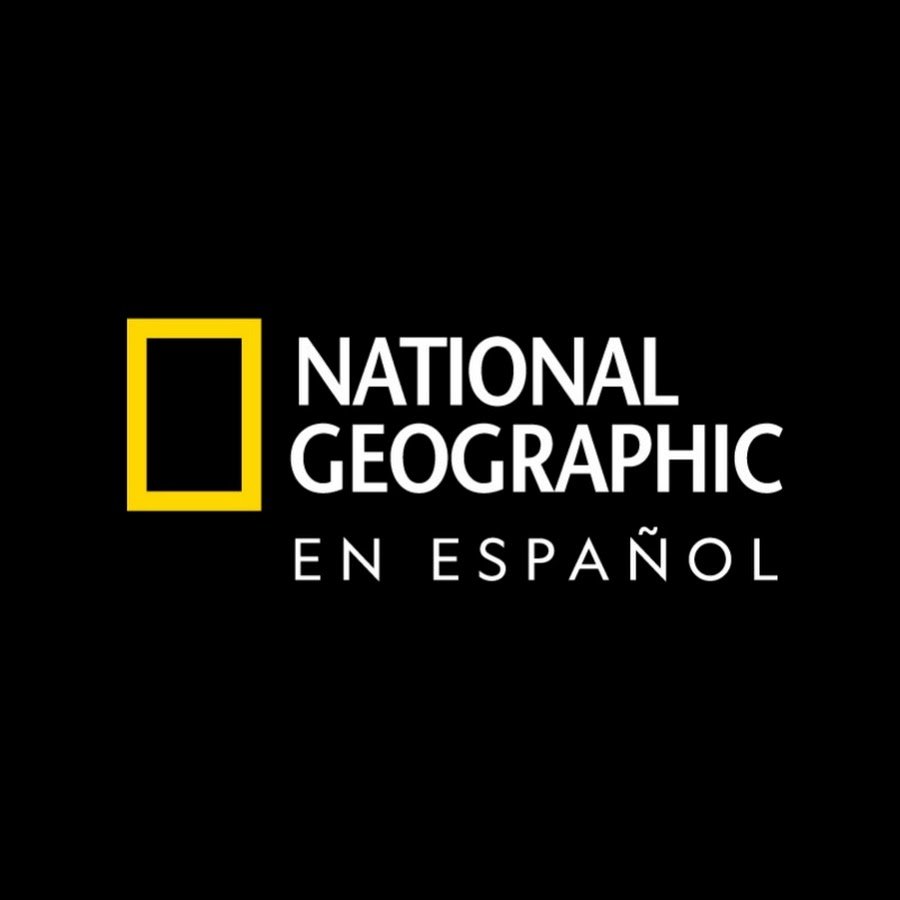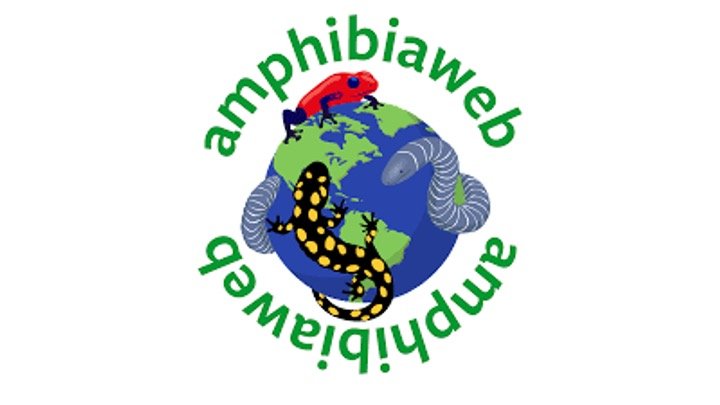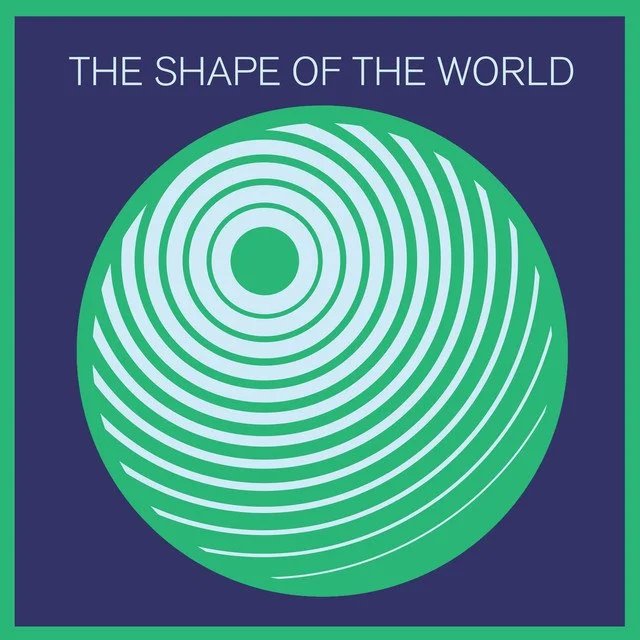SCIENCE COMMUNICATION
Engaging audiences through storytelling and digital media
We strongly believe in the importance of effective science communication. Our research and findings are most valuable when shared with the public. We use video, podcasts, and storytelling to convey our scientific discoveries to both the research community and a broader audience.
By sharing our knowledge and encouraging meaningful dialogue, we contribute to the advancement of science, benefitting us all.
VIDEOS
Do Female Frogs Call?
In most frog species, typically male frogs call while females stay silent. In the smooth guardian frog of Borneo (Limnonectes palavanensis), this is not the case, as female frogs call too! This discovery suggests that L. palavanensis exhibits a reversal in calling behavior and possibly a sex-role-reversed mating system, which would be the first ever observed in a frog species.
This video is part of the Young Scientist Series (now the Share Your Research Series), a competition run by iBiology in collaboration with the Lasker Foundation and the Alan Alda Center for Communicating Science at Stony Brook University. Dr. Goyes Vallejos was one of only four scientists worldwide named a winner of the 2018 iBiology Young Scientist Series.
Calling Repertoire of the Smooth Guardian Frog of Borneo
Male frogs call out to attract mates, while females quietly select among the calling males. These calls are unique to each species, serving as a way for females to find mates of their own species. However, in the smooth guardian frog (Limnonectes palavanensis), both males and females produce calls. Males emit loud, long-range calls to attract females, while females produce softer, short-range vocalizations. Interestingly, males respond to female calls with a distinct "quack" sound, different from their usual advertisement calls. This unique behavior suggests that the "quack" serves as a courtship call. Read the full study here.
OUTREACH
At the Goyes Lab, outreach means stepping beyond fieldwork and the lab to share our scientific work with the community.
We engage the public through school visits (virtual and in-person), public talks, science fairs, and collaborative events with educators and fellow scientists. Through hands-on activities and open conversations, we aim to spark curiosity, build trust in science, and highlight how biology connects to everyday life.
You can explore examples of our outreach efforts by clicking the button below. If you would like to invite a lab member as a guest speaker or plan a visit, feel free to reach out using the contact button.
MEDIA & PRESS COVERAGE
Keep up with the Goyes Lab! Here we showcase spotlights on our research findings. Explore how our lab’s work is making waves in the scientific community and beyond!
PODCASTS
Have a listen to my podcast appearances where I've had the opportunity to share my research as a guest scientist, as well as participate in storytelling podcasts, where I delve into my personal journey to becoming the scientist I am today. Tune in to hear about frogs, fieldwork and my experiences as a woman in STEM.
Episode 10: When the girl frog sings
Celebrating 11 years: Highlights from our online shows
Human nature: Coming of age stories
Follow @goyeslab
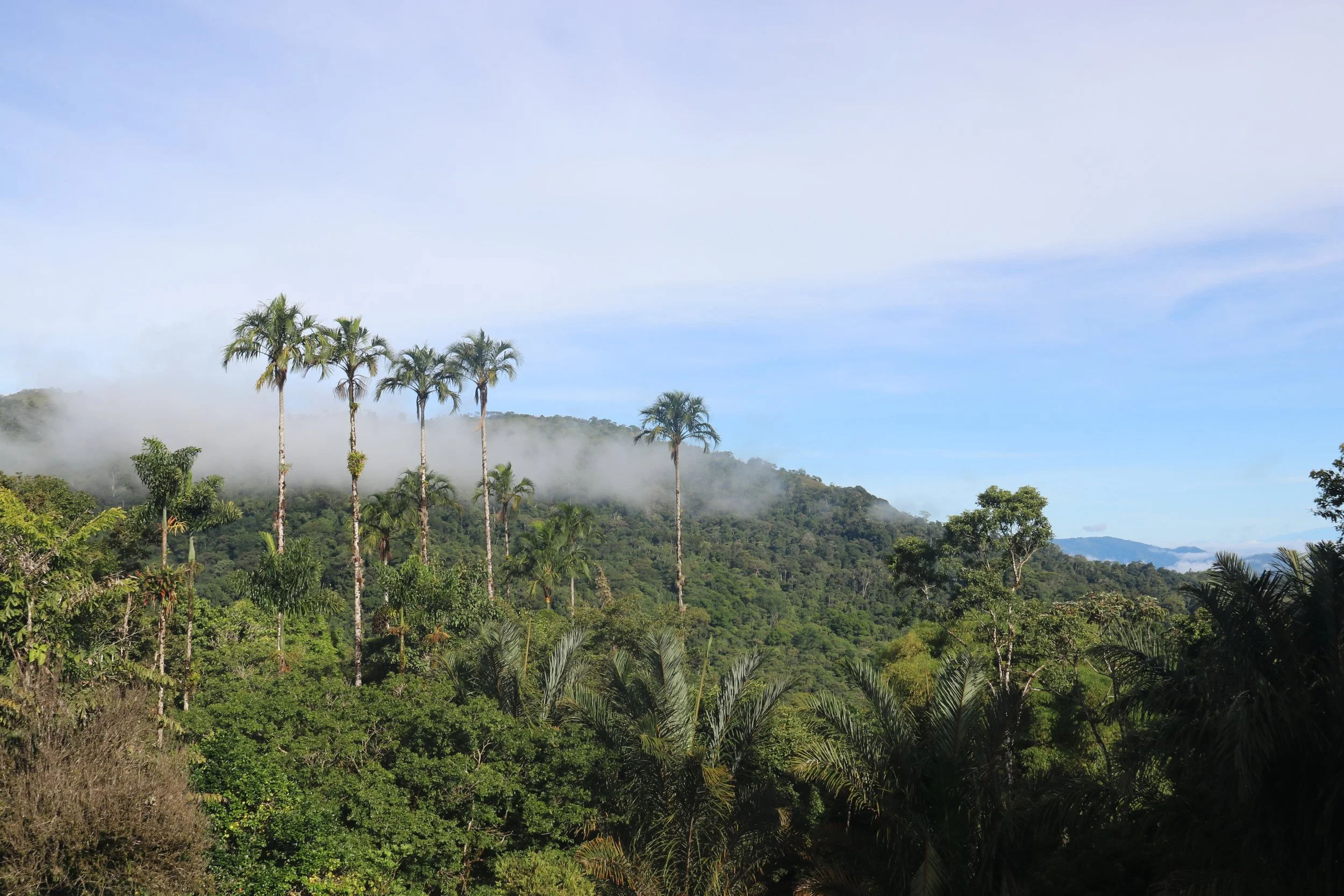
WHY THIS WORK MATTERS
We can’t protect what we don’t understand.
Frogs, like many other species, face habitat loss, diseases, and environmental pressures, leading to population declines and potential extinction.
With such declines, we risk losing unique behaviors forever, many of which remain undiscovered. In our research, we uncover fascinating insights into the ecology and behavior of poorly known species, gaining valuable knowledge for potential conservation efforts.



